After the failure of Emperor Chongguang's uprising (in 1414), our people's struggle movement temporarily subsided. The period of stability under the Ming Dynasty's colonial government did not last long. From 1417, our people's uprising movement rose strongly and widely.
In February of the year Binh Than (1416), in Lung Nhai ( Thanh Hoa ), Le Loi and 18 close friends held an oath to "live and die together" to prepare for an uprising. The oath gathered all social classes, in which the majority (15 people) were from peasant backgrounds.
In that historic oath was Luu Nhan Chu, an outstanding son of Dai Tu ( Thai Nguyen ). Through the Lung Nhai Oath, the patriotic children of the nation identified the wise leader as Le Loi, the outstanding leader of the resistance against the Ming invaders later. From the first nucleus of the Lung Nhai Oath, heroes from all over gathered at Lam Son.
According to field documents in Van Yen and Ky Phu communes (Dai Tu), after participating in the Lung Nhai Oath, Luu Nhan Chu was sent by Le Loi to his hometown Thuan Thuong (now Van Yen commune) with his father Luu Trung and brother-in-law Pham Cuong to recruit young men in the area, build a base, prepare food and actively practice martial arts, waiting for the opportunity to rise up and respond to the Lam Son uprising.
Currently, in Van Yen and Ky Phu communes, there are still many places and relics related to the early activities of the three fathers and sons, the Luu Trung brothers and the insurgents. These are places that are also relics such as: Van Mountain, Vo Mountain, Quan Ngua Mountain, Cam Co Mountain, Xem Mountain, Tam Ngua Lagoon...
On January 2, Mau Tuat year (February 7, 1418), Le Loi raised the flag of uprising in Lam Son, Thanh Hoa. In the early days of Lam Son uprising, Luu Trung, Luu Nhan Chu and Pham Cuong followed Le Loi to fight in the Chi Linh mountain area "Charging through arrows and bullets, entering and leaving the battlefield, giving their all to help" (according to Dai Viet Thong Su)...
On January 3, 1428, the last infantry of the Ming army, commanded by Vuong Thong, set out to return home. The total number of Ming troops retreating home was estimated at 86,000. The Lam Son uprising was victorious. After 20 years of suffering under foreign rule, the country was free of enemies. Nguyen Trai, on behalf of Le Loi, drafted the nation's second Declaration of Independence: Dai Cao Binh Ngo, and promulgated it throughout the country.
In the Lam Son uprising, the people of Thai Nguyen, represented by three historical figures Luu Trung, Luu Nhan Chu and Pham Cuong, made great contributions. All three were ranked among the founding fathers and were granted the national surname.
TNĐT



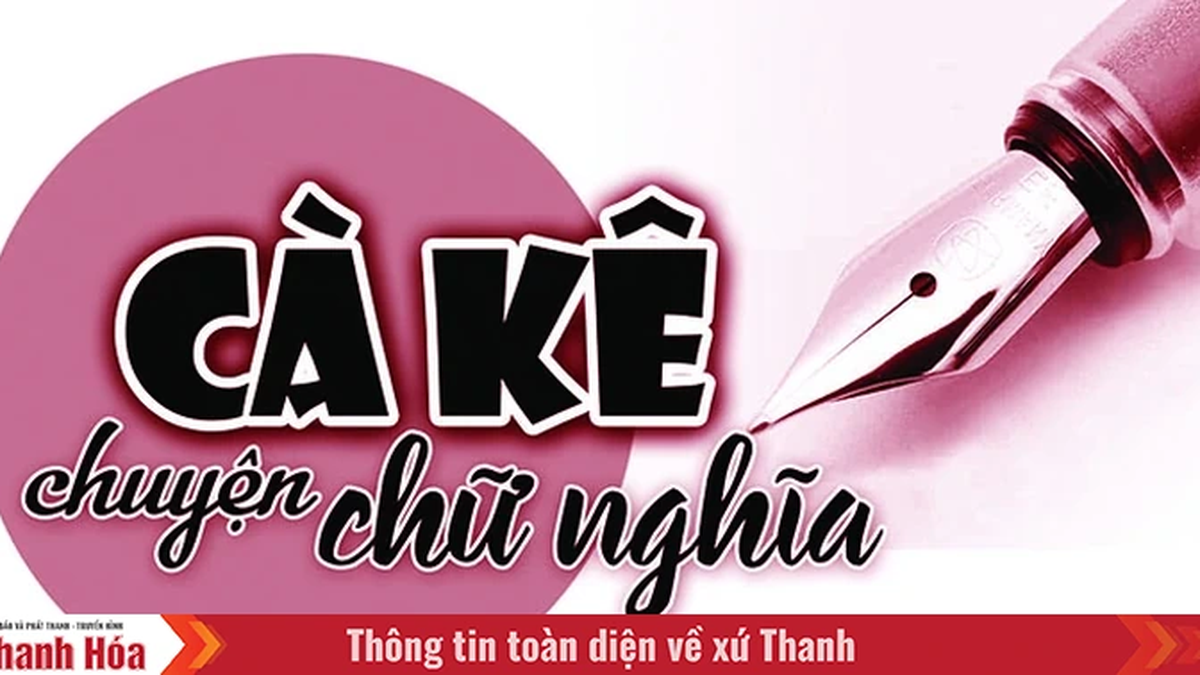
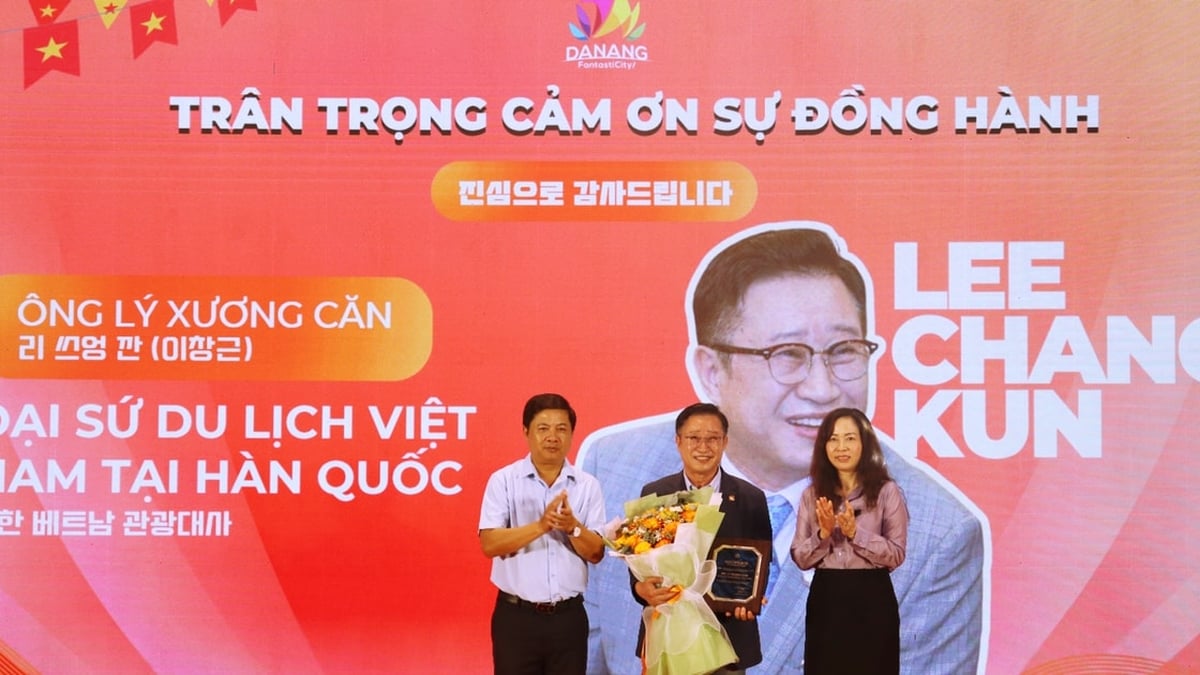
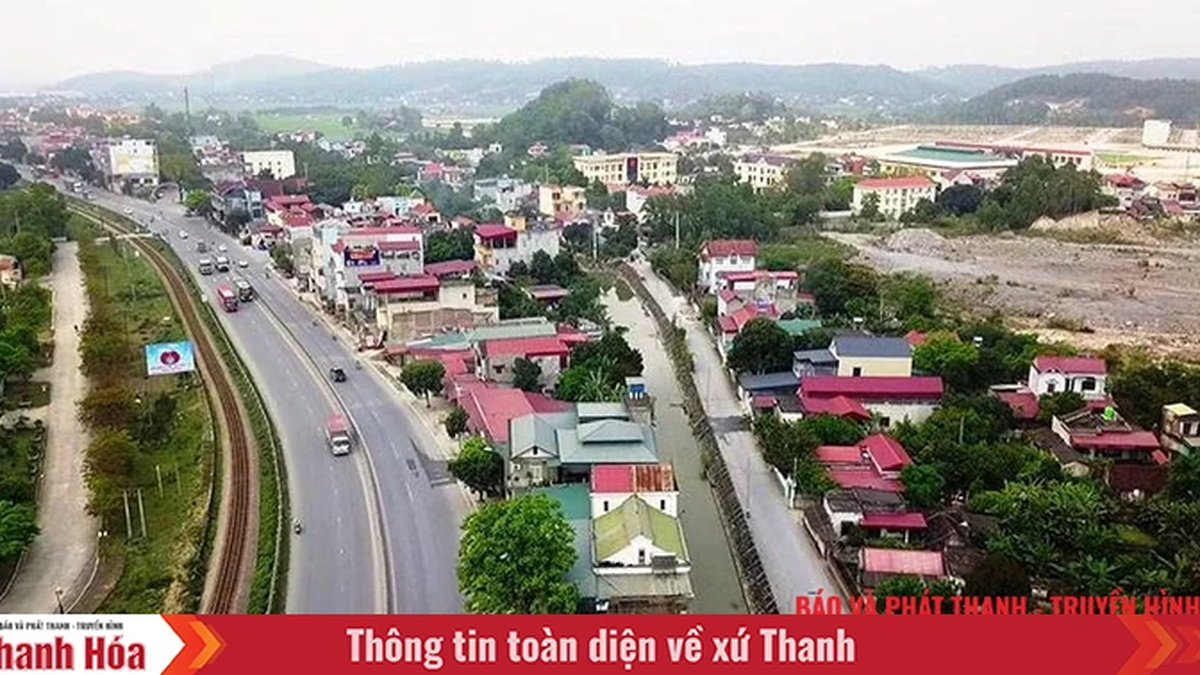
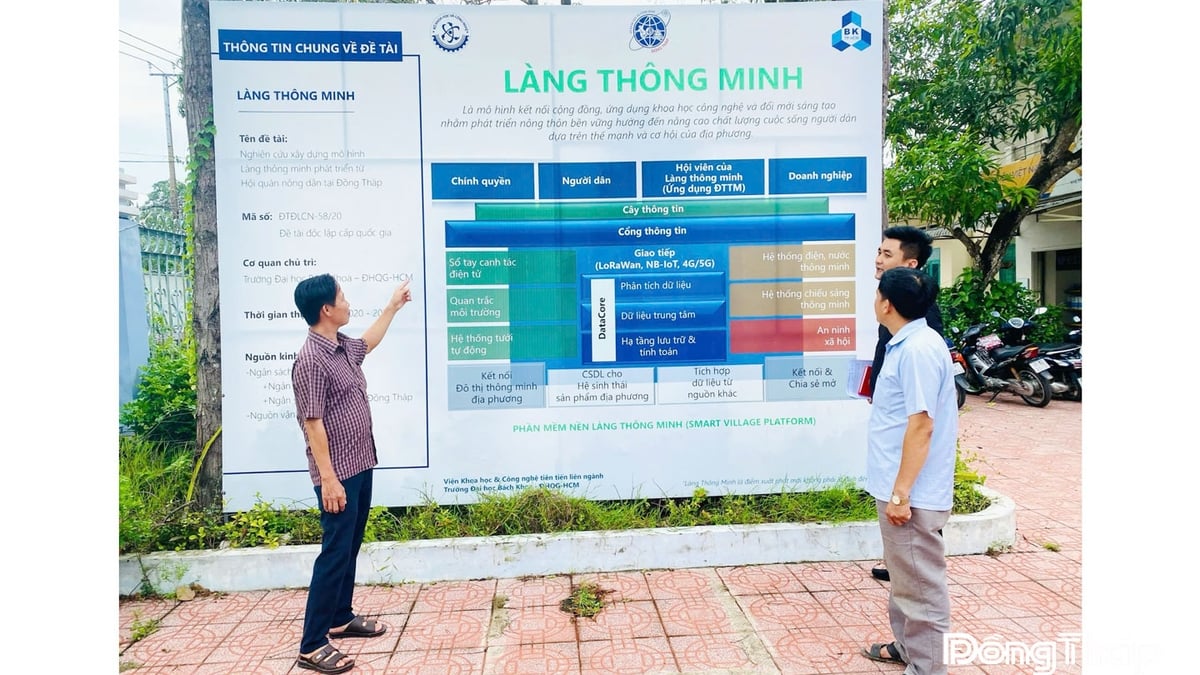
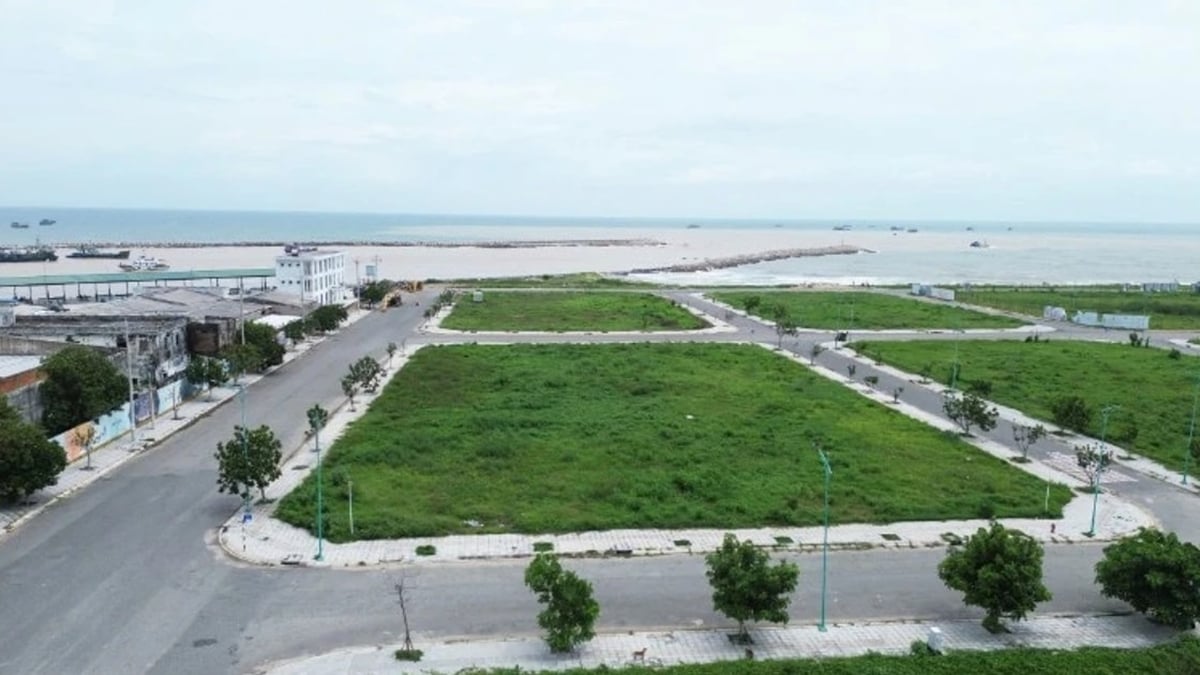
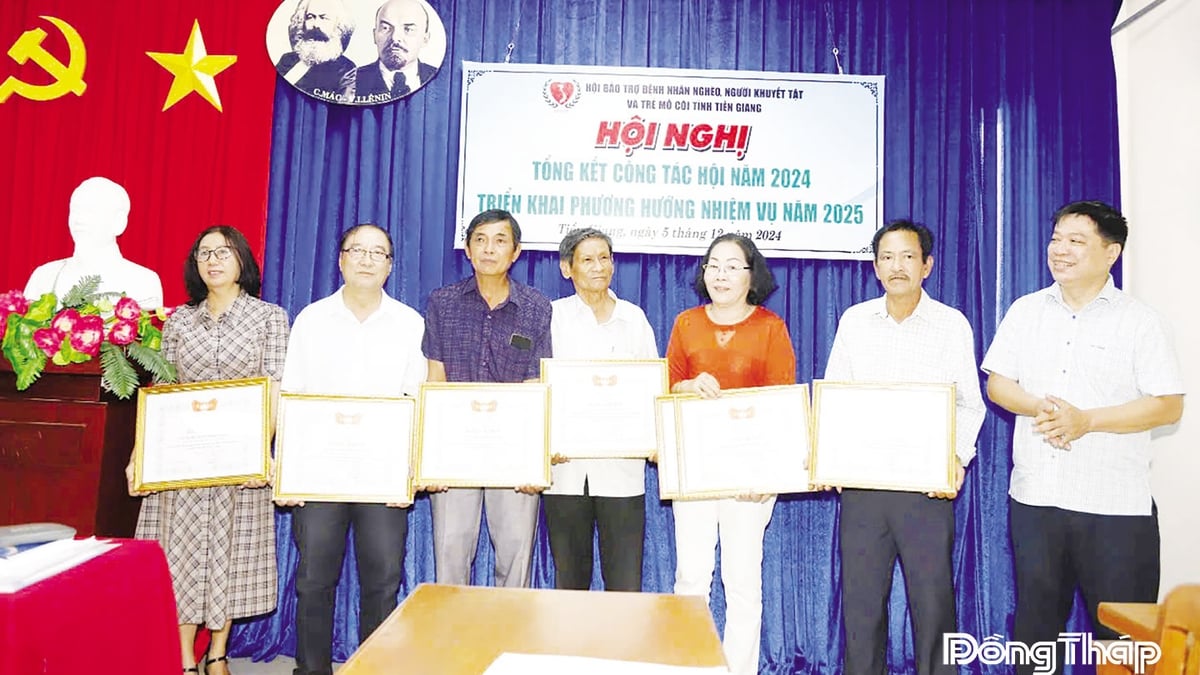
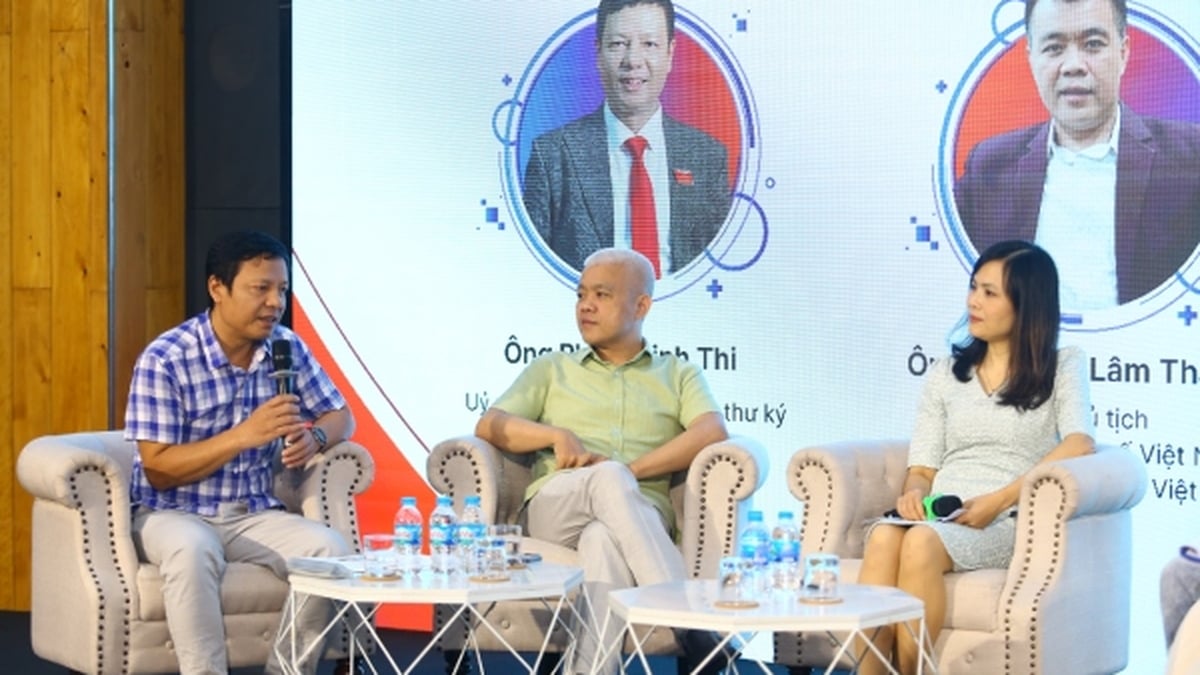
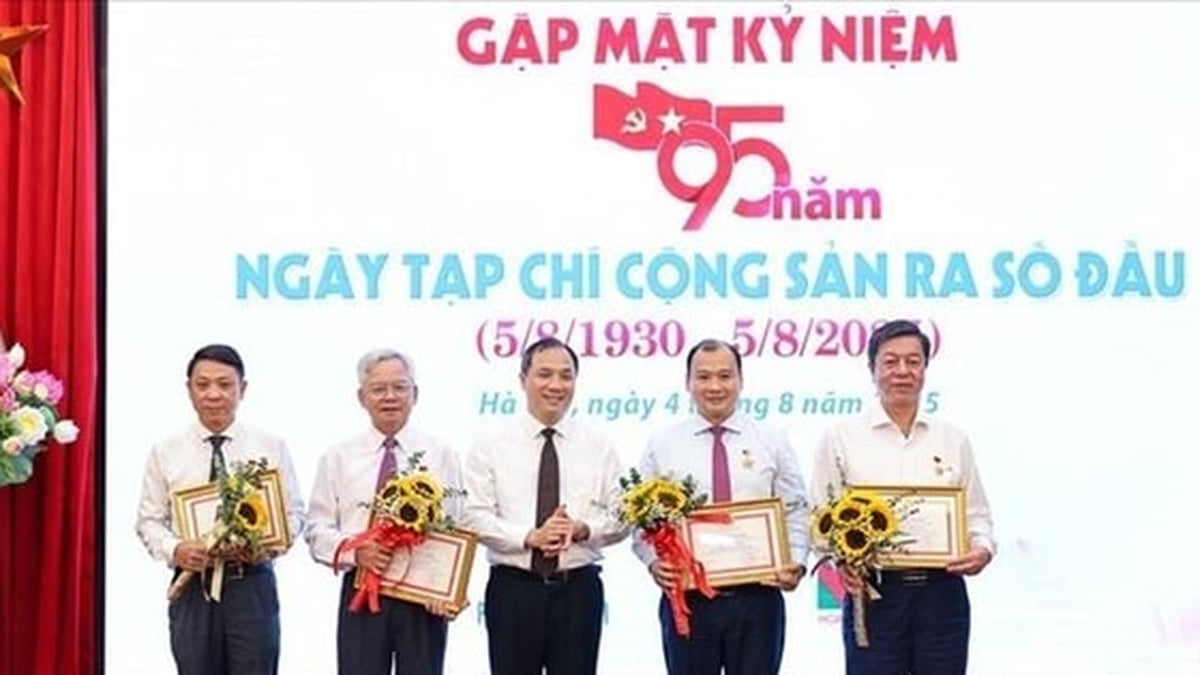
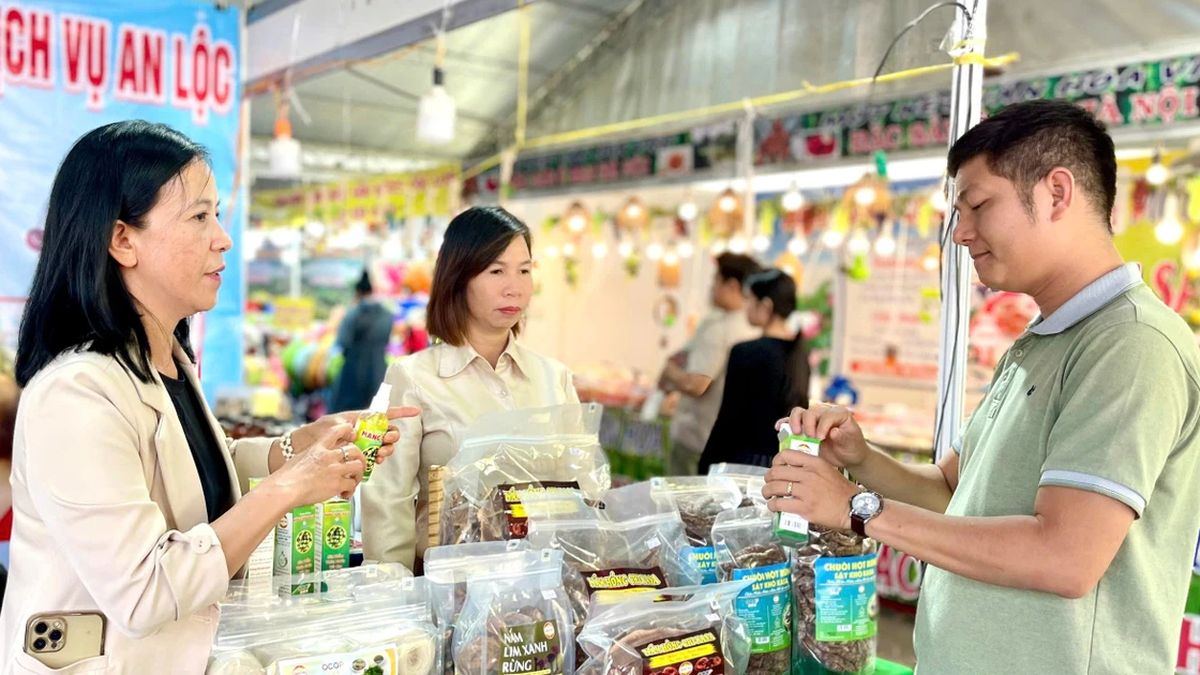




































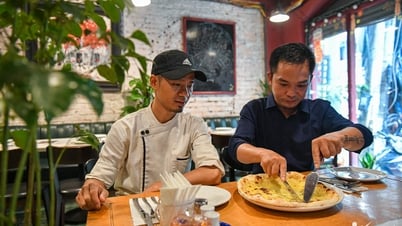


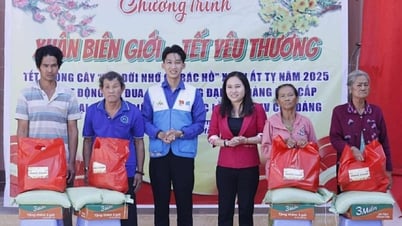



![[Maritime News] Two Evergreen ships in a row: More than 50 containers fell into the sea](https://vphoto.vietnam.vn/thumb/402x226/vietnam/resource/IMAGE/2025/8/4/7c4aab5ced9d4b0e893092ffc2be8327)


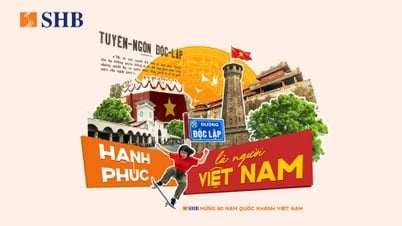
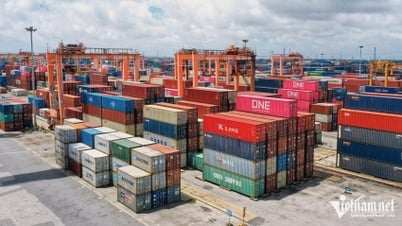


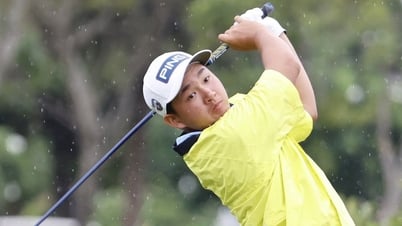
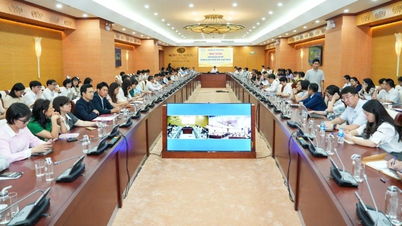

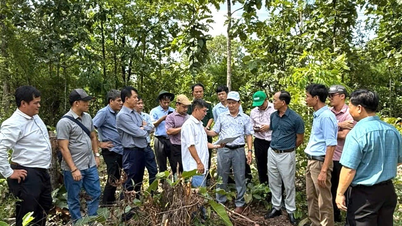

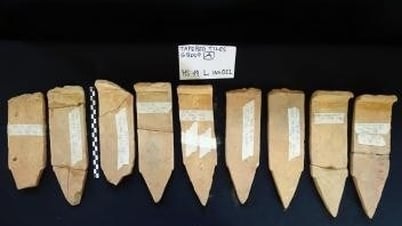




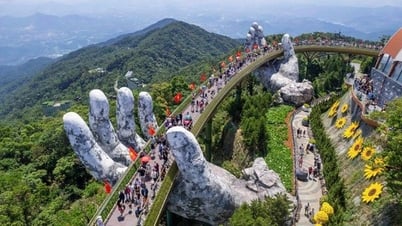


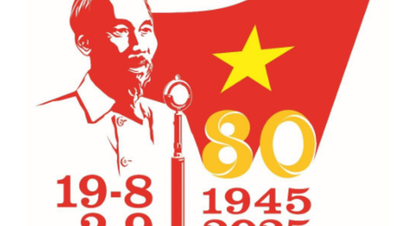
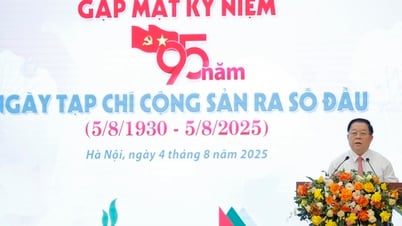


















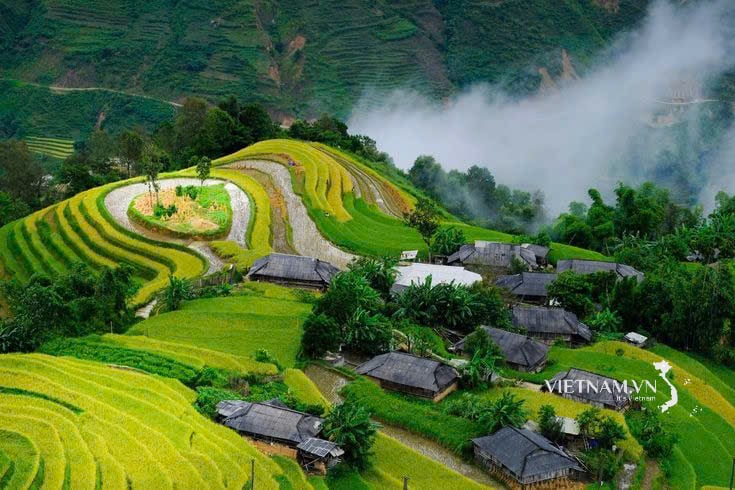

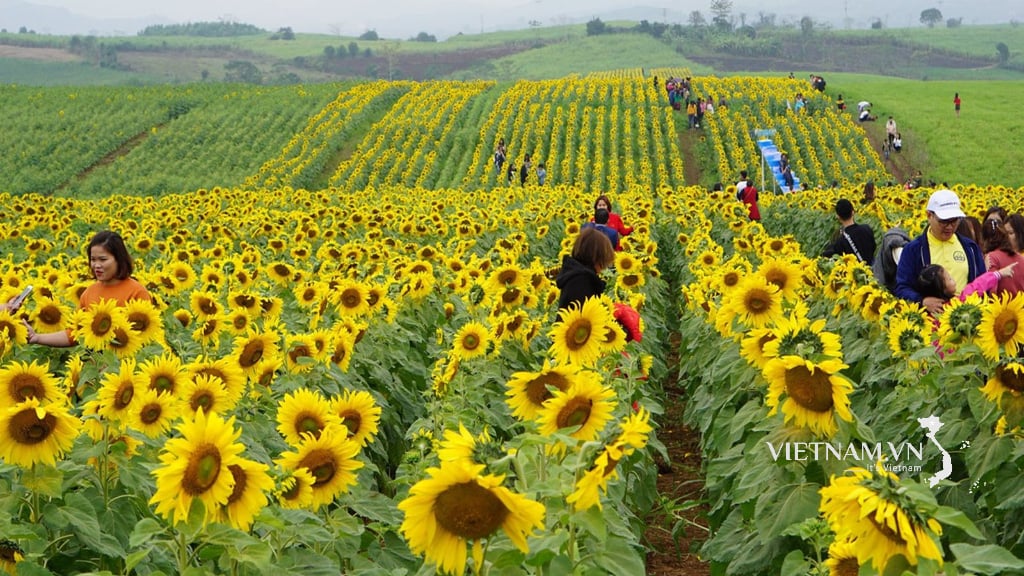
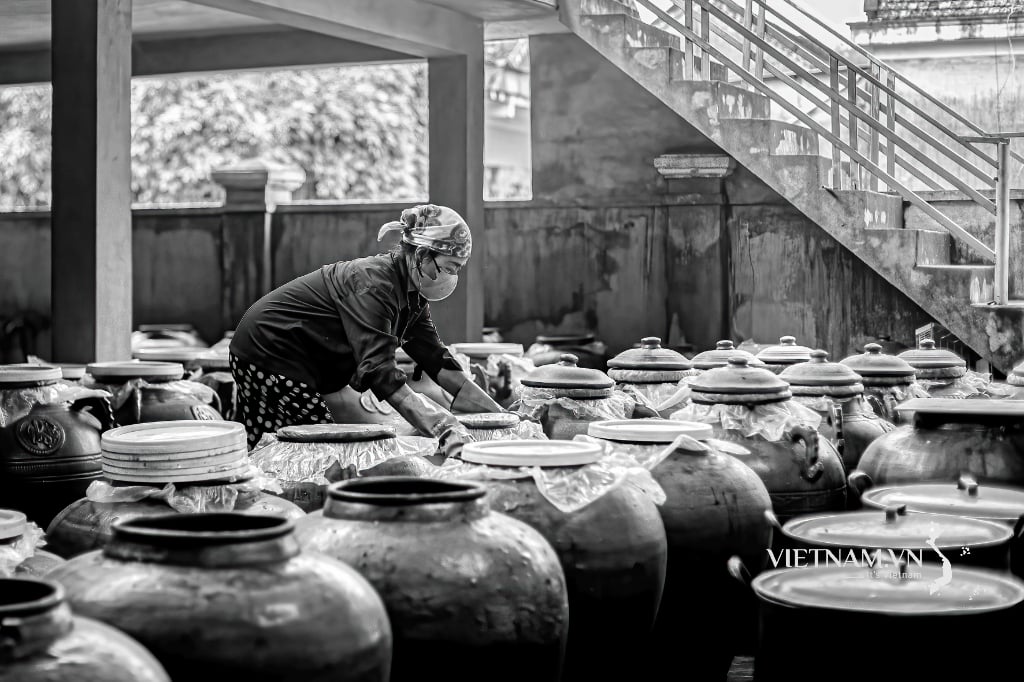
Comment (0)